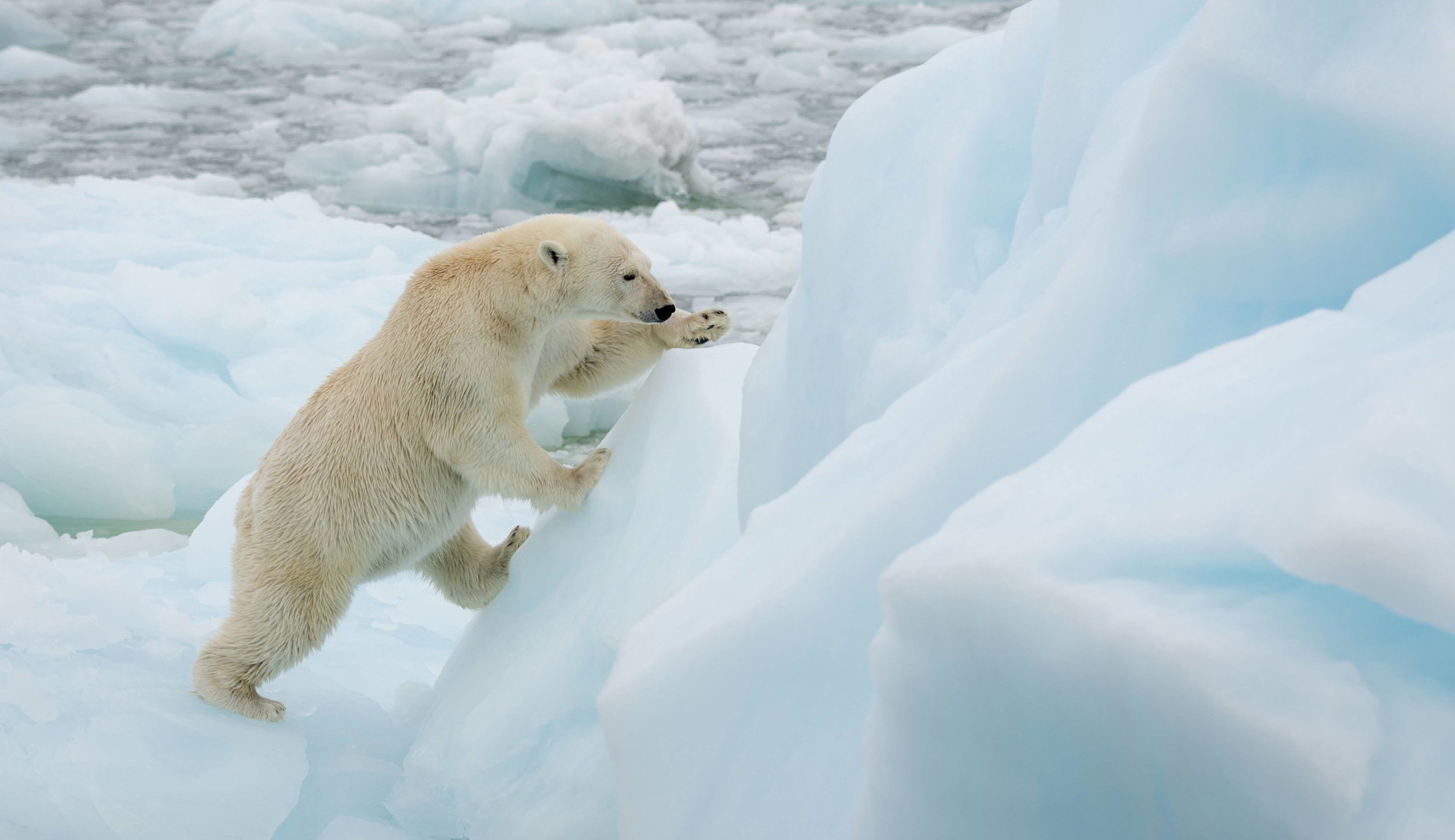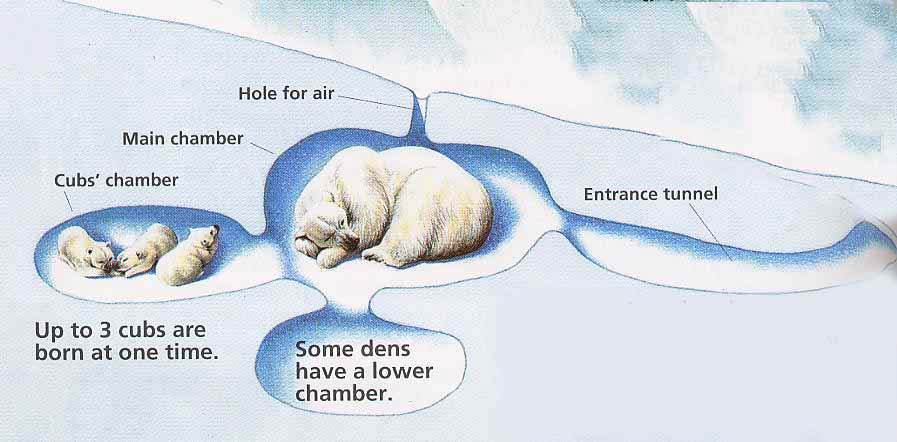The neck of the polar bear is longer than in other species of bears. They distribute a bear’s weight over snow and ice.
A Polar Bear Biologist Weighs In On 2016'S Arctic Ice Loss - Thin Ice Blog
Polar bears’ reliance on sea ice has made them the poster child of climate change.

Polar bear niche. Polar bear surface areas calculated by niche mapper compared to expected surface areas. They often lay in wait for their prey, staking out a seal’s breathing hole in the ice and. Polar bears have an amazing sense of smell that help them capture their prey.
The head is elongated but the ears are relatively small. They can be found in canada, alaska and even the southern shores of greenland and iceland. When encountering a peaceful bear the best plan is to either leave it alone or give it nesting material, but if you must kill it your best strategy is to get a young nicheling with 6+ strength as it takes quite a while to kill them.
The polar bear’s preferred ecological niche is near the northern regions of highly concentrated sea ice. The polar bear is immediately recognizable from the distinctive white color of its fur. The niche of the polar bear is an apex predator.
The guard hairs are little silky, transparent and hollow. Polar bear’s hair lacks pigment which means it. It is suggested that polar bears could be extinct in the wild within the next 30 years.
Enter your info to complete your purchase. They’re also an indication of health for that ecosystem. Although they are excellent swimmers, they have.
Country give as a gift. The polar bear is a carnivorous bear whose native range lies largely within the arctic circle, encompassing the arctic ocean, its surrounding seas and surrounding landmasses. The front paws are large and are used like paddles for swimming while the hind legs trail behind.
Polar bears can sense a scent that is about 16km away. Another trait is that polar bear hairs are water resistant so that water doesn’t stick to the coat. For hunting purposes, polar bears rely on areas with abundant ice.
However, when the arctic sea ice melts in summer and they can't hunt seals, polar bears become opportunistic, filling a. Bears have 10,000 hairs per square inch. Polar bears have slightly webbed feet to help them swim and are known to be excellent swimmers.
Polar bear paws are very wide—up to 12 inches across (30 cm). Why are polar bears a keystone species? Niche mapper surface area calculations are for bears modeled in average body condition (total mass = 2.25 6.
Less ice means less algae to feed that food chain, and fewer places where the bears can hunt for seals. Reinforce the mood you strive to set with this wonderful piece that is sustainably produced and printed in the us. The male, which is much larger than the female, weighs 410 to 720 kg (900 to 1,600 pounds).
They keep biological populations in balance, a vital aspect of a functioning ecosystem. Currently, this species is classified as vulnerable (vu) on the iucn red list. Forepaws are slightly webbed, helping them swim, and hind paws are used as rudders.
They can swim up to 10km/h and can be seen in waters over 100km offshore. Without annual ice, polar bears will lose their ability to feed and hunt and will eventually be forced on the mainland. Polar bears are classified as a keystone species, the apex from the ecosystem.
When the keystone species is unhealthy, that’s an indication the whole ecosystem is. Polar bears are stocky, with a long neck, relatively small head, short, rounded ears, and a short tail. Why are polar bears a.

